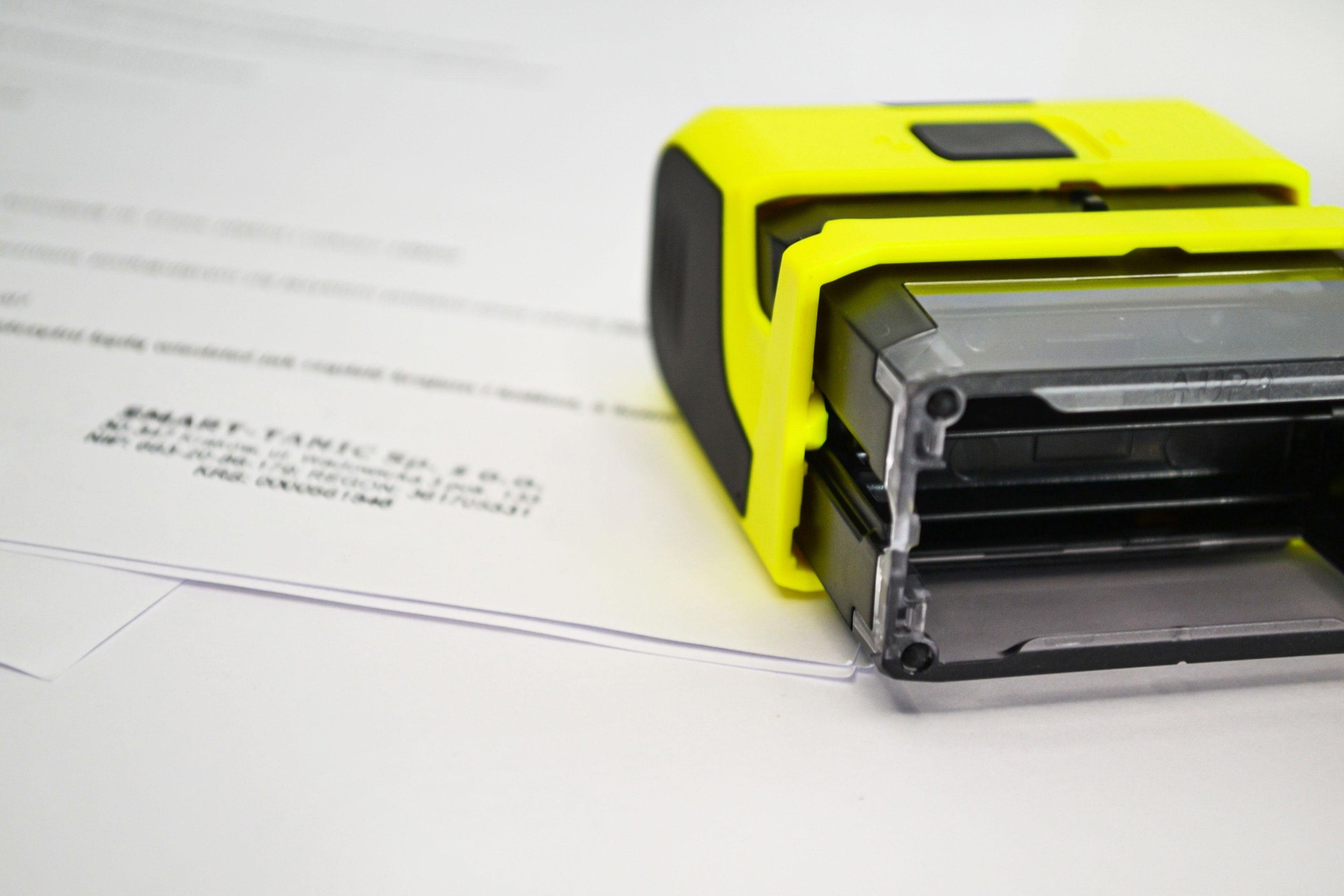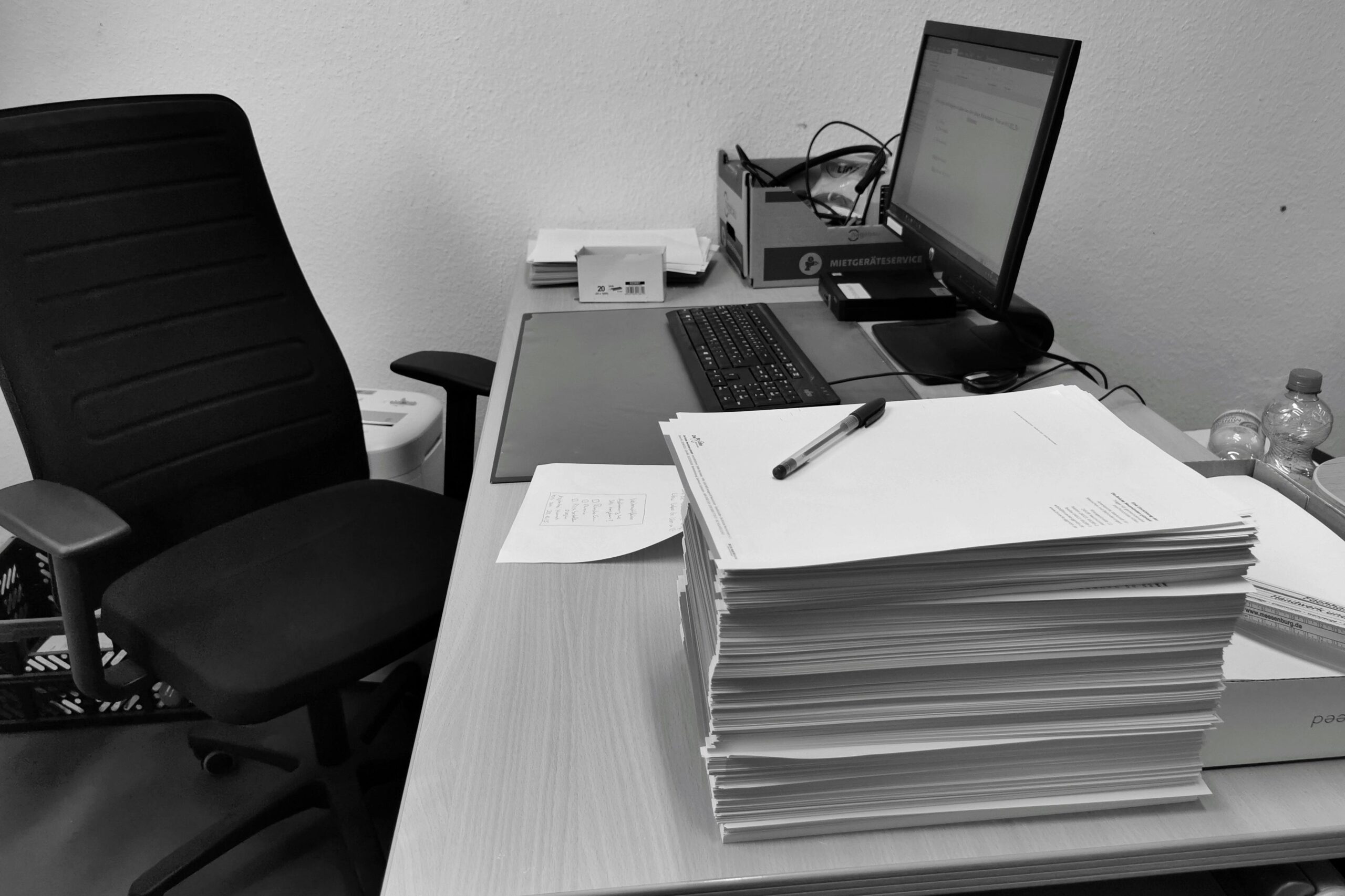
The Calculation of Tax Liability for Controlled Foreign Corporations: A Dual-Method Framework
The taxation of controlled foreign corporations represents one of the most sophisticated challenges in contemporary international tax law. Since 2019, the Polish legislative framework has undergone a fundamental transformation, establishing a dual-method system for calculating tax obligations arising from foreign entity control. This evolution reflects a broader international trend toward more nuanced approaches to cross-border tax enforcement, while raising profound questions about the appropriate balance between preventing base erosion and maintaining competitive tax structures.
The Theoretical Foundation of Dual Taxation Methods
The Polish CFC regime initially operated within a unitary paradigm predicated upon the taxation of actual income. This classical approach, elegant in its theoretical simplicity, posits that the appropriate tax base comprises the foreign entity’s actual earnings, recalculated according to domestic tax principles. The methodology aligns with traditional notions of income taxation, wherein liability corresponds to economic gains realized during the relevant fiscal period.
The watershed moment arrived in 2022 with the introduction of an alternative asset-based taxation method. This innovative approach embodies a fundamentally different theoretical construct: the presumption that passive assets inherently generate a deemed return, irrespective of actual cash flows or reported income. The legislative adoption of an eight percent deemed yield on passive assets represents a bold departure from traditional income-based paradigms, introducing what might be characterized as a minimum tax on accumulated foreign wealth.
This dual-method structure reflects sophisticated legislative reasoning. The asset-based method addresses a persistent challenge in international taxation: the difficulty of capturing economic returns from passive investment structures that, through various legitimate planning techniques, report minimal taxable income despite controlling substantial wealth. By establishing a deemed return mechanism, the legislature ensures a minimum level of taxation commensurate with the economic substance of foreign holdings.
The Income Method: Traditional Principles in Cross-Border Application
The income-based methodology remains the primary mechanism for CFC taxation, applying to foreign entities engaged in genuine business activities. Under this approach, the tax base consists of the foreign entity’s net income, determined by applying Polish tax accounting principles to the entity’s economic activities. This recalculation often yields substantially different results from those obtained under the foreign jurisdiction’s tax rules, particularly regarding depreciation schedules, reserve deductions, and financing costs.
The calculation process requires meticulous attention to temporal and proportional elements. The tax base must be adjusted to reflect both the duration of control during the fiscal year and the percentage of ownership interests held. For instance, a Polish taxpayer maintaining sixty percent ownership for six months would include eighteen percent of the foreign entity’s annual income in their CFC tax base. The applicable rate remains constant at nineteen percent, yielding an effective tax rate that varies with ownership percentage and control duration.
Significantly, the income method prohibits the carry-forward of prior-year losses, treating each fiscal period as discrete for tax purposes. This anti-erosion measure prevents taxpayers from offsetting current CFC income against historical losses, thereby maintaining the integrity of the tax base. While this approach may seem harsh, particularly for entities experiencing volatile earnings, it reflects a policy determination that CFC taxation should capture current economic gains without regard to past performance.
The Asset Method: Innovation in Passive Wealth Taxation
The asset-based taxation method, operative since 2022, represents a paradigmatic shift in CFC taxation philosophy. Rather than attempting to trace actual income flows, this method imputes a standardized return to certain categories of passive assets. The underlying presumption – that passive assets generate an eight percent annual return – constitutes a legislative fiction designed to ensure minimum taxation regardless of reported income.
The scope of passive assets subject to this deemed return encompasses equity interests in other entities, real property not utilized in active business operations, intellectual property rights, and receivables arising from loans and similar debt instruments. The valuation of these assets follows book value as recorded in the foreign entity’s financial statements, measured as of the fiscal year-end. This reliance on accounting values, rather than market valuations, introduces potential distortions but provides administrative simplicity and certainty.
The mathematical elegance of the asset method belies its profound economic implications. With an effective tax rate of 1.52 percent of asset value annually (nineteen percent of eight percent), the method can impose substantial tax burdens regardless of actual investment performance. In low-yield environments, this deemed return may exceed actual economic returns, effectively imposing a wealth tax on foreign holdings rather than a traditional income tax.
Threshold Conditions and Method Selection Criteria
The application of the asset method requires the satisfaction of four cumulative conditions, each reflecting specific policy concerns about passive foreign investment structures. First, the Polish taxpayer must possess more than fifty percent ownership or control, establishing clear dominance over the foreign entity. Second, passive assets must constitute at least half of the entity’s total assets, indicating a predominantly passive character. Third, passive income must fall below thirty percent of passive asset value, suggesting either low yields or income deferral strategies. Fourth, the entity’s effective tax rate must be at least twenty-five percent lower than the Polish corporate rate, evidencing a tax-motivated structure.
The transition between methods assumes critical importance for tax planning and compliance. An entity previously taxed under the income method may suddenly face asset-based taxation upon crossing the fifty percent passive asset threshold. This discontinuity can generate substantial tax increases, particularly for entities holding appreciating assets with low current yields. The binary nature of the threshold – with no graduated transition – amplifies the importance of careful asset management and structural planning.
Moreover, the characterization of assets as active or passive often involves complex factual determinations. Assets utilized in genuine business operations qualify as active, while those held for investment purposes are deemed passive. Borderline cases, such as real property partially used in operations or intellectual property licensed to related parties, require careful analysis under evolving administrative guidance.
Anti-Double Taxation Mechanisms and Structural Considerations
The CFC regime incorporates sophisticated mechanisms to prevent juridical and economic double taxation. Foreign taxes paid by the CFC are creditable against Polish CFC tax liability, though the credit is limited to the Polish tax attributable to the foreign income. This limitation prevents foreign tax credits from offsetting Polish tax on domestic income while ensuring that genuinely high-taxed foreign income escapes additional CFC taxation.
In multi-tiered structures, where a CFC owns subsidiary CFCs, special rules prevent cascading taxation of the same economic income. Tax paid by lower-tier CFCs reduces the tax liability of higher-tier entities, ensuring that the ultimate tax burden reflects the economic substance rather than the formal structure. This mechanism, while conceptually straightforward, requires complex calculations when ownership percentages vary across tiers or when different entities apply different taxation methods.
The base reduction provisions further refine the system’s operation. Dividends received from CFCs and gains from CFC share dispositions are excluded from the CFC tax base to the extent previously taxed under CFC rules. These adjustments prevent the same economic income from bearing CFC tax upon earning and again upon distribution or realization.
Practical Implications and Compliance Challenges
The implementation of CFC taxation presents formidable practical challenges. Under the income method, taxpayers must reconstruct foreign income using Polish tax principles, often requiring extensive adjustments to foreign financial statements. Differences in accounting standards, tax depreciation rules, and expense deductibility create substantial compliance burdens, particularly for complex multinational structures.
The asset method, while conceptually simpler, raises valuation challenges. Book values may diverge significantly from economic values, particularly for long-held assets or intellectual property. The requirement to identify and value passive assets demands careful analysis of each asset’s function within the broader enterprise. Moreover, the annual tax burden of 1.52 percent of asset value, regardless of actual returns, can strain liquidity for asset-rich but cash-poor structures.
Timing considerations add another layer of complexity. CFC tax obligations arise based on the foreign entity’s fiscal year but are payable according to Polish tax deadlines. This temporal mismatch can create cash flow challenges, particularly when foreign entities have not distributed sufficient funds to cover the resulting tax liability.
Theoretical Implications and Policy Considerations
The Polish CFC regime’s dual-method structure reflects broader tensions in international tax policy. The income method embodies traditional source-based taxation principles, seeking to tax economic income where earned. The asset method, conversely, represents a quasi-wealth tax, imposing liability based on accumulated capital rather than current income. This theoretical divergence raises fundamental questions about the appropriate basis for taxation in an increasingly globalized economy.
The eight percent deemed return assumption embedded in the asset method merits particular scrutiny. This rate, substantially higher than current risk-free rates in developed markets, effectively penalizes passive foreign investment beyond mere neutralization of tax advantages. Whether this reflects intentional policy – discouraging passive foreign investment in favor of domestic deployment – or constitutes an outdated assumption about investment returns remains an open question.
Furthermore, the regime’s complexity may inadvertently advantage sophisticated taxpayers with resources for extensive planning while burdening smaller enterprises attempting legitimate international expansion. This regressive effect potentially undermines the system’s equity and efficiency objectives.
Conclusion: Navigating the Evolving Landscape
The Polish CFC taxation framework represents a sophisticated attempt to balance competing policy imperatives: preventing base erosion while maintaining economic competitiveness, ensuring adequate taxation while avoiding double taxation, and creating comprehensive rules while maintaining administrability. The dual-method structure, despite its complexity, provides a nuanced approach to the diverse universe of foreign investment structures.
For practitioners and policymakers alike, the system offers important lessons about the evolution of international tax enforcement. The movement from pure income-based taxation toward asset-based deemed return methods reflects growing skepticism about the ability of traditional tax concepts to capture economic value in modern investment structures. The incorporation of factual control concepts alongside formal ownership criteria demonstrates increasing sophistication in identifying genuine economic relationships.
Looking forward, the continued refinement of CFC taxation methods appears inevitable. As international investment structures grow increasingly complex and traditional tax concepts strain under digital economy pressures, legislative frameworks must evolve correspondingly. The Polish experience suggests that future developments may feature even greater differentiation between active and passive foreign investment, more sophisticated anti-avoidance provisions, and potentially, closer international coordination of CFC regimes.
The ultimate success of any CFC regime depends not merely on technical sophistication but on achieving an appropriate balance between revenue protection and economic efficiency. The Polish dual-method framework, while imperfect, represents a thoughtful attempt to strike this balance in an increasingly complex international tax environment.

Founder and Managing Partner of Skarbiec Law Firm, recognized by Dziennik Gazeta Prawna as one of the best tax advisory firms in Poland (2023, 2024). Legal advisor with 19 years of experience, serving Forbes-listed entrepreneurs and innovative start-ups. One of the most frequently quoted experts on commercial and tax law in the Polish media, regularly publishing in Rzeczpospolita, Gazeta Wyborcza, and Dziennik Gazeta Prawna. Author of the publication “AI Decoding Satoshi Nakamoto. Artificial Intelligence on the Trail of Bitcoin’s Creator” and co-author of the award-winning book “Bezpieczeństwo współczesnej firmy” (Security of a Modern Company). LinkedIn profile: 18 500 followers, 4 million views per year. Awards: 4-time winner of the European Medal, Golden Statuette of the Polish Business Leader, title of “International Tax Planning Law Firm of the Year in Poland.” He specializes in strategic legal consulting, tax planning, and crisis management for business.



